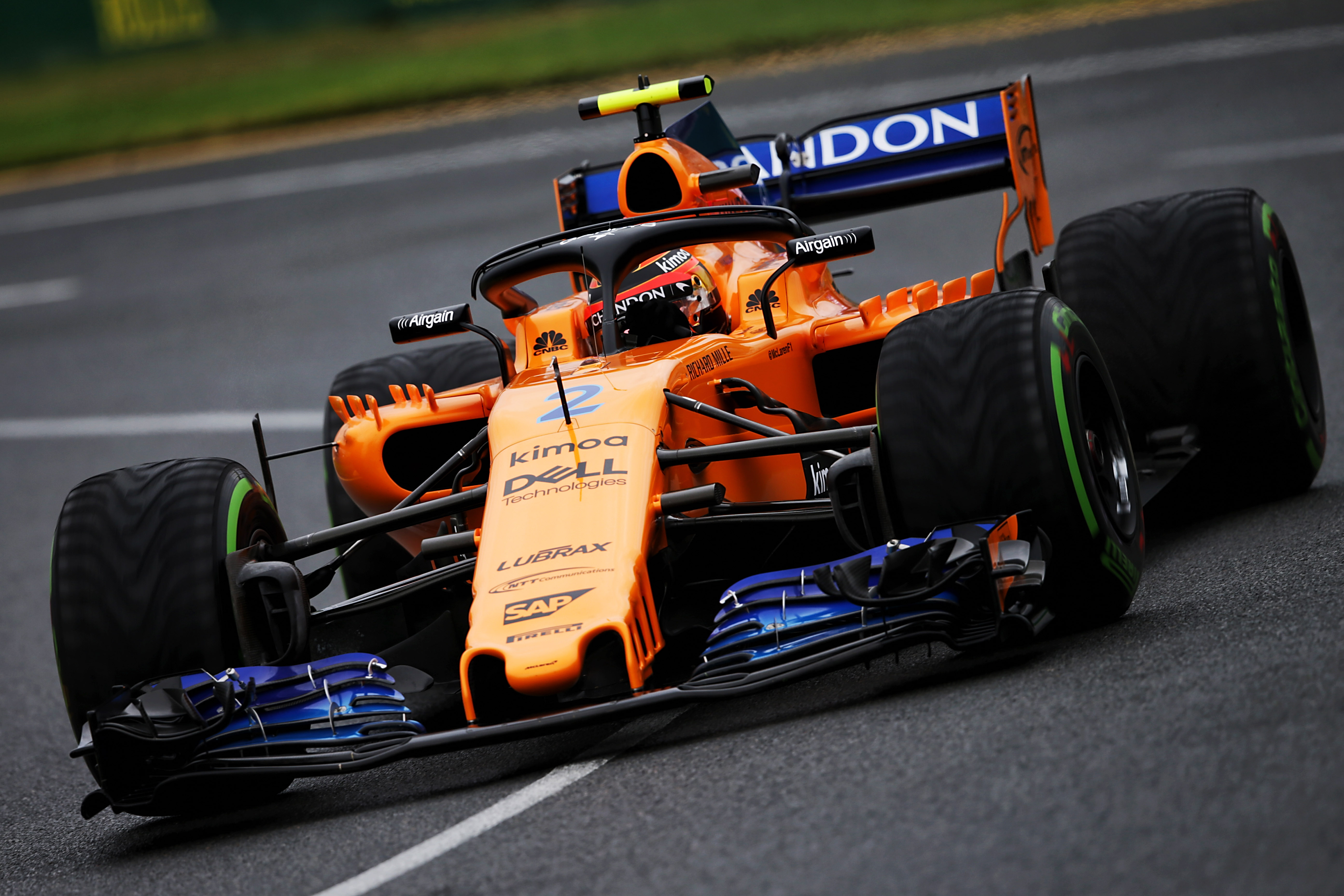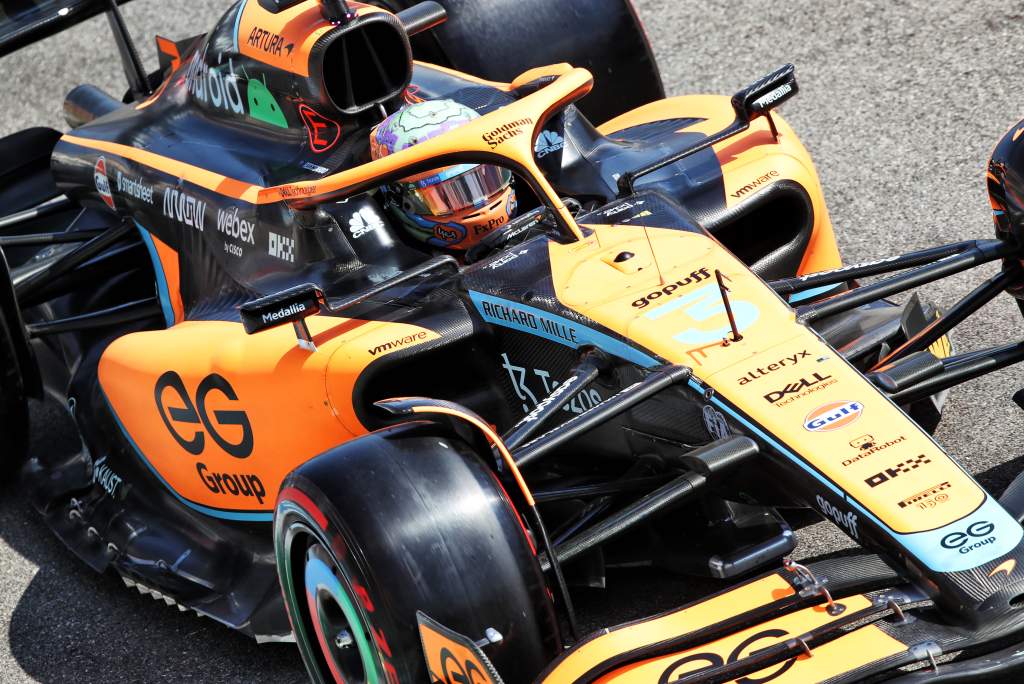Up Next

Changing the rules to make sure Formula 1 cars cannot suffer porpoising and bottoming out is similar in principle to introducing the halo, reckons McLaren technical director James Key.
The new technical rules that came into force this year placed a greater emphasis on ground effect, created cars that are run low and stiff to maximise performance, and triggered an aerodynamic effect of extreme vertical oscillations but also inherently poor ride quality.
Although some cars have not suffered porpoising, drivers from almost every team have complained about the physical discomfort of these cars in the worst circumstances and the most extreme concerns relate to potential long-term damage to the brain and spine.
The FIA has decided to intervene with a short-term, in-season measure for 2022 and rule changes for 2023 that intend to eliminate the potential for porpoising by raising the height of the floor edge and underfloor diffuser throat.
Some teams are pushing back because of the performance and cost implications of a significant set of changes and the late nature of them, this being a very sensitive time during 2023 car development.
Key believes that now the FIA has decided this is a significant safety issue it cannot just change its mind and believes it would be bad for the governing body if it does nothing “and it [the issue] is still there in 2023”.
This is a similar argument to when the halo cockpit protection device was controversially forced through for the 2018 season, partly out of fear for what the consequences would be if the FIA bowed to pressure, delayed it, and there was a serious accident.
Key admitted the halo is a “bit of a strange parallel” to draw because it was a “totally different project” and a “different order of magnitude” in terms of driver safety.

“But there were lots of naysayers back then,” he said.
“You remember all the comments of ‘it looks terrible’, it’s not Formula 1’. All this stuff.
“And it was like, ‘Well, why on earth not? There’s definitely a danger there’. And now look at a few years later that we’ve had it, how thankful we are, where we’ve seen some of the things that are happening on track.
“This is a different order of magnitude entirely, it’s much lower. But it’s kind of a similar thing.
“So, let’s just go and fix it. On the basis that it does have risk, it doesn’t bring anything to the sport.
“It actually costs money to investigate in a cost cap, which we can do without. It’s a minor consideration, but it’s true.
“Why not just do the sensible thing – on safety grounds, because that’s the main concern – and just ditch it?”
The FIA can force through changes if they relate to safety issues and it has leaned heavily on the concerns associated with porpoising and bottoming out, particularly after drivers suffered extreme problems at the Azerbaijan Grand Prix.
That, and a conclusion from the FIA’s medical team that the new generation of cars really could have severe consequences for drivers in the long-term, is believed to be why FIA president Mohammed Ben Sulayem intervened and pushed his organisation to commit to action.
While the porpoising problem has been non-existent in recent races, and teams have continued to get a better handle on addressing the problem themselves, this is partly due to the tracks that have been used.
The view of the FIA technical department is that projected downforce gains in 2023 will exacerbate the problem again.
Key said “if you have a safety concern, you can’t backtrack and say actually it isn’t a problem anymore”.
“It’s very difficult to simulate and predict porpoising,” he said.
“We kind of recognise those ways of getting rid of it. But it can come back again quickly if you add certain types of development or increase your downforce.
“So, rather than take that risk, I think from the FIA point of view it makes sense to just try and remove the issue entirely, but also show that we’re taking it seriously and doing something about it after the concerns raised by some of the drivers.
“I’m not saying it would be negligent not to, but you’ve got to be careful here.
“You can’t just assume that teams are going to do it. And it may not be everyone’s priority.
“Every team is going to have an opinion, depending on whether they’ve got a porpoising problem or where they are in the championship.
“We don’t porpoise, particularly, we’ve got a development plan, which is working OK. But we still think it’s a good idea.
“So, we haven’t got an agenda here. It’s much more a case of well, actually, we could all do without this. We don’t want it to get worse again. We don’t want someone to be hurt by it.
“Looking at simple steps, which can try and mitigate it, I think is by far the best thing to do than rely on all these brilliant people, whose priority isn’t porpoising every day, to try and fix it.”







